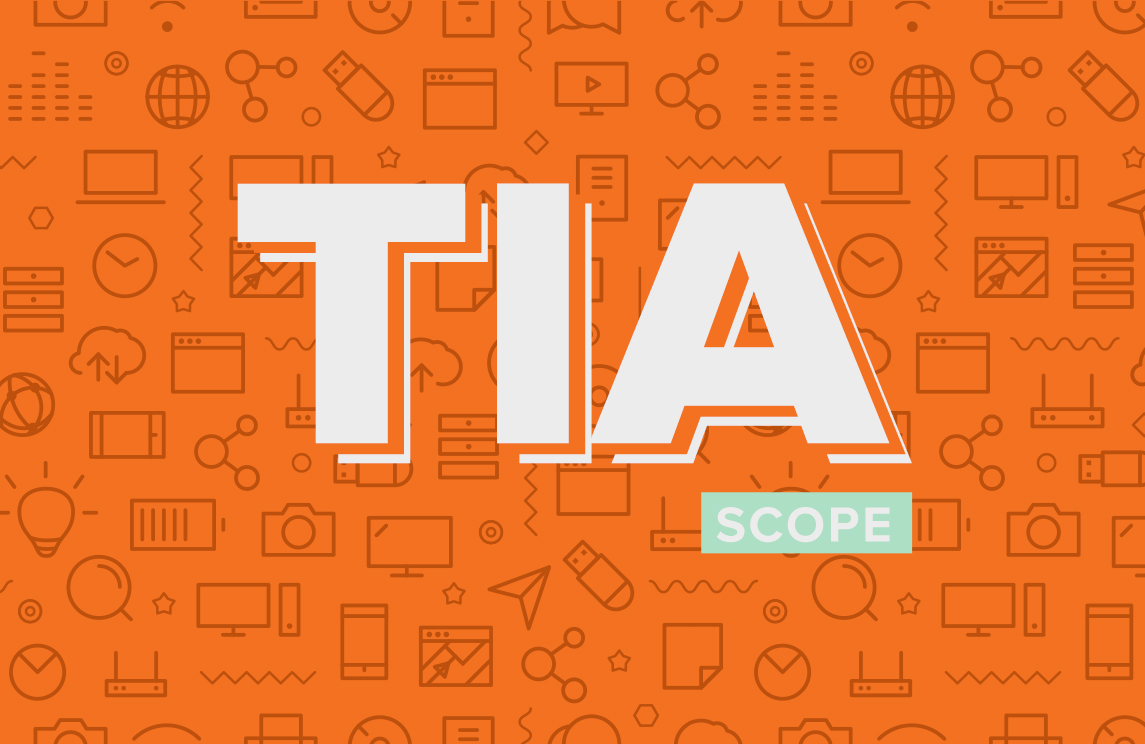Overview of Phase Two: Scope

RECAP: TIA
Our process for creating custom digital solutions, called the Technology Impact Assessment, is the result of 20 years of industry experience and client projects. This process consists of four phases designed to deliver a user-focused digital product to the client quickly, and build on the initial product to continue optimization. We first covered the four phases in our Evolution of Website Development blog, but to recap, the four phases are:
DISCOVER
This first phase is where we gain a deeper understanding of your business goals, your customers, analytics data, current pain points and then brainstorm areas of improvement. It’s where we decide what we’re going to build that will help you reach your goals.
SCOPE
The second phase of the process is building a detailed list of the entire project starting with the features that will make the greatest impact on your business. It defines how we’re going to build that product.
IMPLEMENT
The third phase is a purpose-driven approach to development, starting with the most important features identified in the Scope phase.
IMPROVE
The fourth phase, where we continue to collaborate, prioritize, and incrementally improve your product.
DISCOVER TO SCOPE
The Discover phase is focused on gathering all the information we can to build the best digital solution, including:
Once we have gathered all of that information, we move onto the second phase of the TIA: Scope. In the Scope Phase we focus on creating a detailed, technical plan to successfully execute the project.
THE WISHLIST
During the Scope phase, we put all of our findings from the Discover phase into a detailed development plan. We start by creating a comprehensive ‘wish list’ of features – everything you could possibly want in the final product. This helps plan the long term goals for the digital solution beyond what we create for the MVP. It’s important to be thinking about the whole picture at the start of the project to make sure the development work we do on the MVP will fit the goals for further phases.
From there, we prioritize that list based on expected impact and required effort to make sure we start with the features that will have the greatest impact. This is why we define our approach as ‘value-driven.’ By prioritizing the most important features, we eliminate unnecessary, invaluable, distracting components from the project and quickly deliver the features that matter the most. The lower priority features on the ‘wish list’ will be implemented in later phases of the product depending on their shift in priority.
BACKLOG OF FEATURES
The Development team starts to outline the technical aspects of the project in the technical scope documentation and backlog of features. The technical scope documentation, referred to as the backlog of features, contains our recommendations for the best way to implement the features of the digital solution, whether it’s a custom development or third-party vendor platform.
CLIENT INVOLVEMENT
Most of the client involvement during the Scope phase is focused on building the product wish list and prioritizing the features. It’s important to have the list confirmed early in the Scope phase so the Development team knows what to focus on when working on the backlog of features.
DELIVERABLES
Once we’ve completed the Discover and Scope phases, we compile all of the information we’ve gathered and deliver to the client to reference throughout the project.
SCOPE DEEP DIVE
Over the next few weeks we will take a deep dive into various aspects of the Scope phase, like creating and tracking conversion goals, what decisions go into the technical documentation and backlog of features, why we choose to build websites on WordPress, a breakdown of API communication and more.

